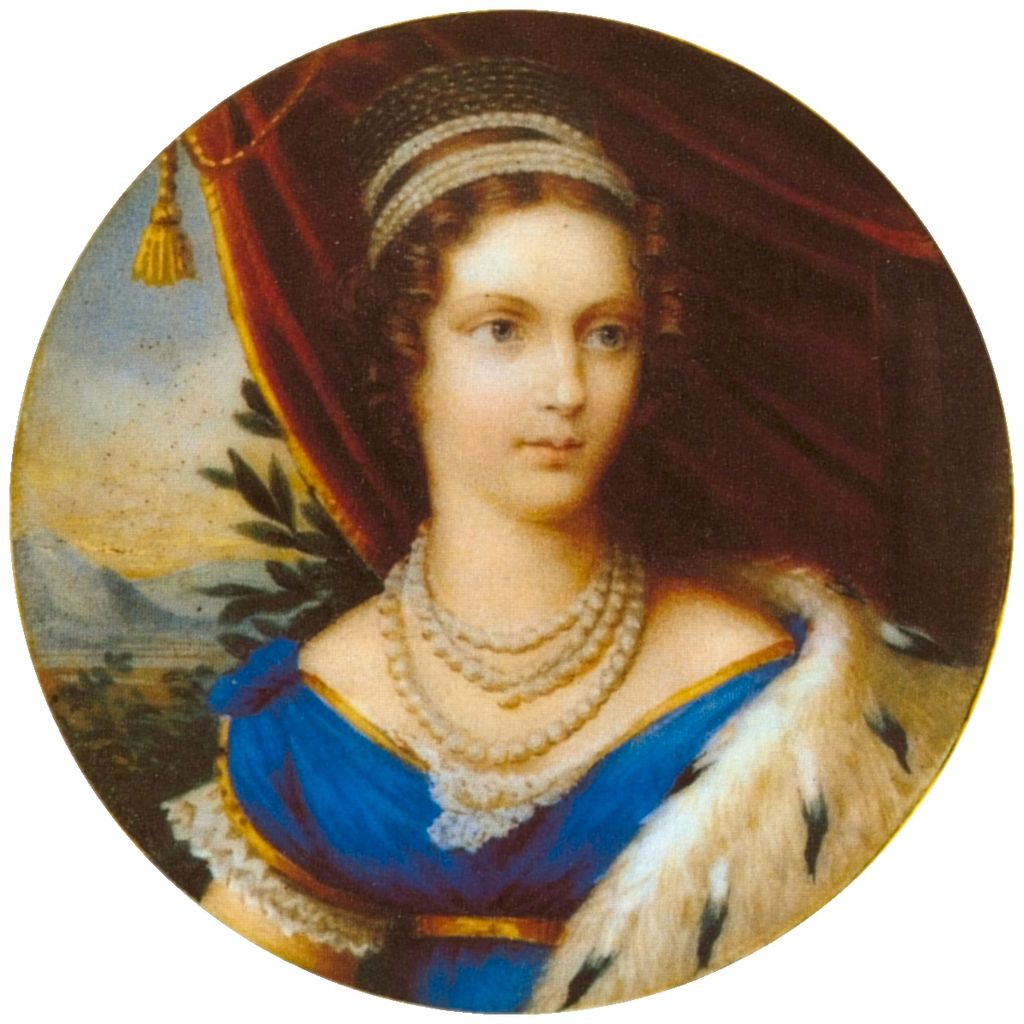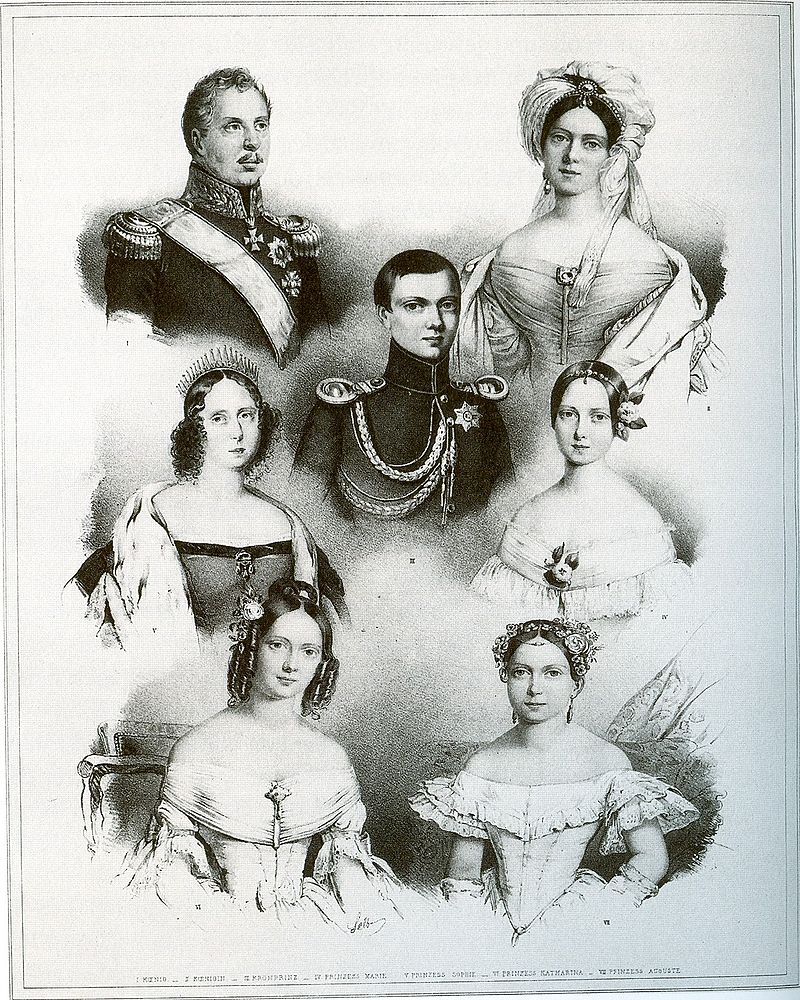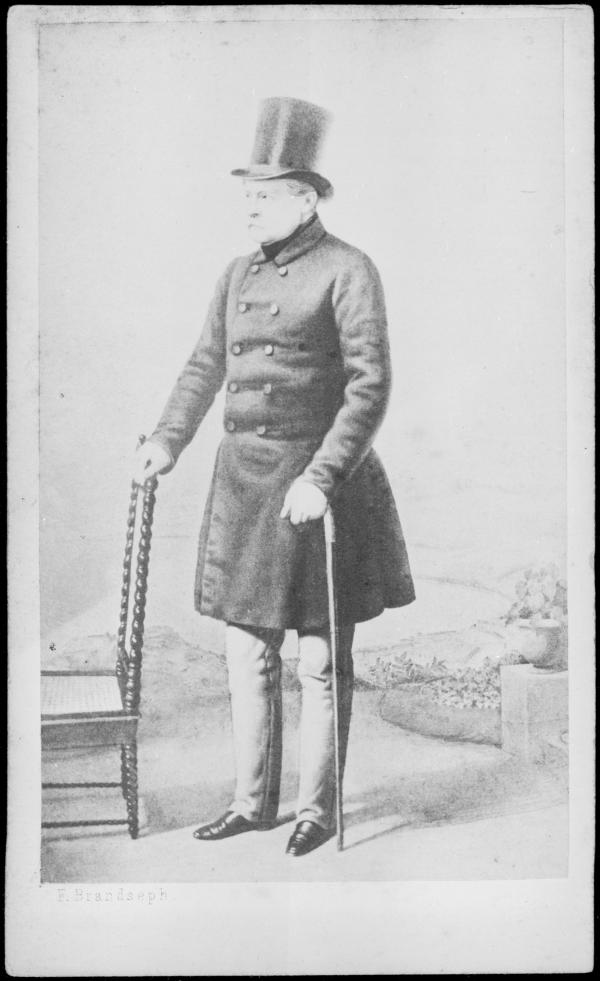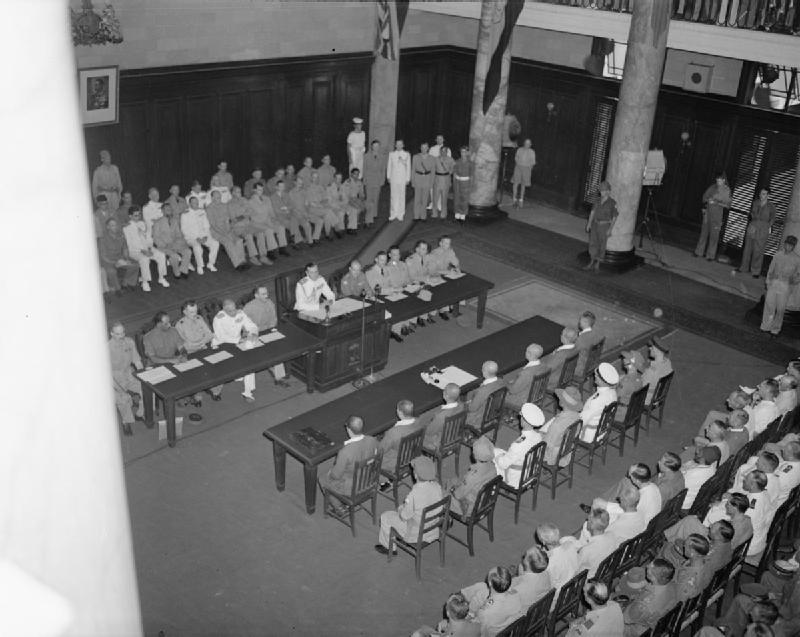by Scott Mehl © Unofficial Royalty 2017

Letters Patent creating Prince Charles as Prince of Wales, 1958
Royal Titles
As already discussed, when the Monarch dies, the heir apparent immediately takes the throne. This includes all of the titles and trappings of the monarchy. The titles of the Monarch remained relatively unchanged from the accession of Queen Victoria in 1837 to the accession of Queen Elizabeth II in 1952 (with the exception of the title Emperor/Empress of India, which was held from 1876 until 1947). Currently, the British monarch is also the monarch of 14 other realms and is titled differently in each one. Barbados became a republic on November 30, 2021, and the British monarch ceased to be the monarch of Barbados. The titles of the Monarch remain the same following the accession of King Charles III in 2002.
United Kingdom
His Majesty Charles III, by the Grace of God, of the United Kingdom of Great Britain and Northern Ireland, and of His other Realms and Territories, King, Head of the Commonwealth, Defender of the Faith
Antigua and Barbuda
His Majesty Charles the Third, by the Grace of God, King of Antigua and Barbuda and of His other Realms and Territories, Head of the Commonwealth
Australia
His Majesty Charles the Third, by the Grace of God, King of Australia and of His other Realms and Territories, Head of the Commonwealth
The Bahamas
His Majesty Charles the Third, by the Grace of God, King of the Commonwealth of The Bahamas and of His other Realms and Territories, Head of the Commonwealth
Belize
His Majesty Charles the Third, by the Grace of God, King of Belize and of His other Realms and Territories, Head of the Commonwealth
Canada
His Majesty Charles the Third, by the Grace of God of the United Kingdom, Canada and His other Realms and Territories King, Head of the Commonwealth, Defender of the Faith
Grenada
His Majesty Charles the Third, by the Grace of God, King of the United Kingdom of Great Britain and Northern Ireland and of Grenada and His other Realms and Territories, Head of the Commonwealth
Jamaica
His Majesty Charles the Third, by the Grace of God, King of Jamaica and of His other Realms and Territories, Head of the Commonwealth
New Zealand
His Majesty Charles the Third, by the Grace of God, King of New Zealand and of His other Realms and Territories, Head of the Commonwealth, Defender of the Faith
Papua New Guinea
His Majesty Charles the Third, by the Grace of God, King of Papua New Guinea and of His other Realms and Territories, Head of the Commonwealth
Saint Kitts and Nevis
His Majesty Charles the Third, by the Grace of God, King of Saint Christopher and Nevis and of His other Realms and Territories, Head of the Commonwealth
Saint Lucia
His Majesty Charles the Third, by the Grace of God, King of Saint Lucia and of His other Realms and Territories, Head of the Commonwealth
Saint Vincent and the Grenadines
His Majesty Charles the Third, by the Grace of God, King of Saint Vincent and the Grenadines and of His other Realms and Territories, Head of the Commonwealth
Solomon Islands
His Majesty Charles the Third, by the Grace of God, King of Solomon Islands and of His other Realms and Territories, Head of the Commonwealth
Tuvalu
His Majesty Charles the Third, by the Grace of God, King of Tuvalu and of His other Realms and Territories, Head of the Commonwealth
The monarch also immediately becomes Commander-in-Chief of the British Armed Forces, and Sovereign of all of the Honours and Orders of Chivalry both in Britain and the other realms. It is expected that the titles will remain the same, with the possible exception of ‘Head of the Commonwealth’. In 1949, King George VI became the first Head of the Commonwealth, and the role and title passed to his daughter Queen Elizabeth II upon her accession. When the Commonwealth was formally established, the Declaration states that the King will serve as Head of the Commonwealth. In keeping with that sense of heredity, when Prince Charles was created Prince of Wales in 1958, the Letters Patent issued stated that he, and his heirs, will serve as Heads of the Commonwealth. However, there are those who feel that, when the current reign ends, the various members of the Commonwealth should collectively determine who will succeed in the role. In 2018, Commonwealth leaders agreed that Charles would become Head of the Commonwealth upon his accession, while acknowledging that the position was non-hereditary. The new King Charles III became Head of the Commonwealth in September 2022.
Upon becoming monarch, any and all titles held by that person revert to the Crown, meaning that they cease to exist. For example, Prince Charles ceased being Prince of Wales, Duke of Cornwall, etc., the moment he became King. Some of his previous titles will pass automatically to the new heir apparent, and others must be specifically granted. You can read more about those titles in our previous article – When The Monarch Dies: Immediately and Automatically.
Titles and Styles of the Descendants of the Monarch
For the most part, the titles and styles of a Monarch’s descendants are determined by the Letters Patent issued by King George V in 1917. Under these Letters Patents, the style of ‘Royal Highness’ and title of ‘Prince/Princess’ is granted to:
- children of the monarch
- grandchildren in the male line
- the eldest son of the eldest son of the Prince of Wales
Several additional LPs have been issued since then, which make some alterations to the original LPs:
- 1948 – King George VI issued LPs declaring that all children of then-Princess Elizabeth would be styled as HRH and titled as Prince/Princess. Without these LPs, Charles and Anne would not have become HRH until The Queen’s accession in 1952. Instead, they would have been styled as children of a Duke. Charles would have been Charles Mountbatten, Earl of Merioneth (using his father’s most senior subsidiary title by courtesy), and Anne would have been Lady Anne Mountbatten.
- 1957 – Queen Elizabeth II issued LPs creating her husband a Prince of the United Kingdom. Until that point, he was merely HRH The Duke of Edinburgh, and not ‘Prince Philip’ as the media often referred to him.
- 2012 – Queen Elizabeth II issued LPs declaring that all children of the eldest son of the Prince of Wales would be styled as HRH, with the title Prince/Princess. While this had no effect on Prince George, who was already entitled as the eldest son of the eldest son of the Prince of Wales, it did affect his younger sister Princess Charlotte. Were it not for these LPs, Charlotte would be styled Lady Charlotte Mountbatten-Windsor until her grandfather became King.
Children of the Monarch
Upon the accession of a new monarch, two changes take place when it comes to the titles and styles of the monarch’s children. Children of a sovereign are formally styled with the article ‘The’ preceding their names. They also cease using any territorial designation. For example, Prince George of Wales, (the son of Prince William, Prince of Wales) upon his father’s accession, will become The Prince George. Should he have a peerage by that point, he would continue to be formally styled as such – ‘HRH The Duke/Earl of XXX’. These changes remain in place, even after that monarch has passed away. For example, the younger daughter of King George VI became The Princess Margaret upon her father’s accession in 1936 and remained so for the rest of her life. That style did not end upon her father’s death.
Based on the assumption that the current line of succession remains unchanged, the following changes will occur with the next reign: Prince William will become HM The King, and Prince George will automatically become HRH The Duke of Cornwall. It would then be expected that Prince George would at some point be created Prince of Wales. At that time, any children of Prince George would take ‘of Wales’ as their territorial designation.
Here is a great article that explains further – Unofficial Royalty: What’s In a Title: The Changing Royal Style
**************
Royal Arms

The Royal Coat of Arms of the United Kingdom. photo: By Sodacan – Own work, CC BY-SA 3.0, https://commons.wikimedia.org/w/index.php?curid=21101265
The Royal Arms have remained unchanged since Queen Victoria’s accession in 1837. On the shield, they feature the three gold lions in the 1st and 4th quarter (representing England), the red rampant lion in the second quarter (representing Scotland), and the gold harp in the 3rd quarter (representing Ireland). There is also a second version used in Scotland which features the Scottish emblem in the 1st and 4th quarter, with the English in the 2nd.

Arms of Prince Arthur, Duke of Connaught (son of Queen Victoria), featuring the Arms of Saxony. photo: By SodacanThis vector image was created with Inkscape. – Own work, CC BY-SA 3.0, https://commons.wikimedia.org/w/index.php?curid=11758689
Until 1917, when King George V changed the name to the House of Windsor and removed all German styles and titles, the arms of male-line descendants of Queen Victoria also featured in inescutcheon of the Arms of Saxony in recognition of their descent from Prince Albert (who was a Prince of Saxe-Coburg and Gotha and a Duke of Saxony).
Children and grandchildren of the monarch, in the male line, are typically granted their own coats of arms around the time they reach the age of 18, and all are based on the Royal Arms. They are made unique by the use of a label – with three points for children of a monarch (and the eldest son of the Prince of Wales), and five points for grandchildren.

Arms of The Prince of Wales; Credit – By Sodacan – Own work, CC BY-SA 4.0, https://commons.wikimedia.org/w/index.php?curid=122806074
The arms of the Prince of Wales feature a plain three-point label and also feature an inescutcheon of the traditional arms of the Principality of Wales. As Duke of Rothesay in Scotland, he also has a different coat of arms (here).
The labels on the arms of children and grandchildren of the monarch also feature a mark of cadence on one or more of the points. This makes each coat of arms unique to that person. For example, Prince Harry’s arms – granted on his 18th birthday – featured a five-point label (as a grandchild of the monarch), with a red scallop shell on the first, third and fifth point. These are taken from the Spencer arms, used by his mother, Diana, Princess of Wales. Similar marks of cadence appear on all of the arms granted to children and grandchildren of the monarch.
These arms are granted for the person’s lifetime and do not pass to their children. They do, however, change slightly when there is a new monarch. A grandchild who now becomes a child of the monarch will see their label change from five points to three. (Example: the arms of Prince Harry, Duke of Sussex, changed to a three-point label, with red scallop shells on each point). And the new heir apparent – once created Prince of Wales – will assume the arms of the Prince of Wales.

Arms of the Duchess of Cambridge. photo: By SodacanThis vector image was created with Inkscape. – Own work, Based on: BBC News and Official website, CC BY-SA 3.0, https://commons.wikimedia.org/w/index.php?curid=14960090
Wives traditionally use their husband’s arms impaled with their own (or their father’s) arms. Such is the case with the arms of the Duchess of Cambridge seen above. They feature the Duke of Cambridge’s arms on the left and the arms of her father on the right. Upon the accession of her father-in-law, King Charles III, the now-Princess of Wales’s arms will change to reflect her husband’s new coat of arms as Prince of Wales.
Up until 1975, none of these individual grants of arms were heritable. But in 1975, The Queen issued a Royal Warrant declaring that the arms of grandsons of a monarch (other than the eldest son of the Prince of Wales) are heritable with appropriate differentiation. This means that the arms of the current Dukes of Gloucester and Kent, as well as Prince Michael of Kent, will pass on to their eldest sons.
British Monarchy: Coat of Arms
Wikipedia: Royal Coat of Arms of the United Kingdom
Unofficial Royalty: English Royal Heraldry
This article is the intellectual property of Unofficial Royalty and is NOT TO BE COPIED, EDITED, OR POSTED IN ANY FORM ON ANOTHER WEBSITE under any circumstances. It is permissible to use a link that directs to Unofficial Royalty.


































